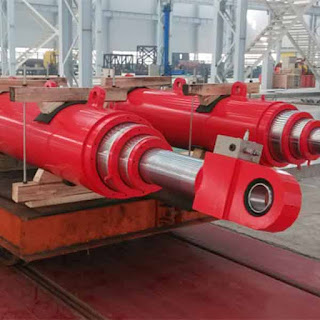What is the technological difference between Case Hardening and Induction Hardening
- Get link
- X
- Other Apps
Two methods have become established for hardening workpieces in mass production: case hardening and induction hardening. A comparison of these two methods shows their differences and the advantages of each.
Case Hardening vs. Induction Hardening – a Comparison
If one compares the two methods for hardening steel workpieces (for a general explanation of hardening see here: Hardening), then the first striking difference is the parts handling. While case hardening processes a large number of workpieces at the same time, induction hardening focuses on the individual workpiece. With induction hardening, components are hardened workpiece . For case hardening, “batch by batch” would be a better description.
Of courses, this has an impact on the manufacturing. While case hardening relies on parts logistics to carry parts between the production line and hardening, induction hardening can be integrated directly in the production line with a suitable hardening machine (e.g. MIND series) and be part of the cycle.
Case hardening in detail
As mentioned above, case hardening is done in batches. As with induction hardening, the goal is to harden the outer layer of workpieces.
In case hardening the workpieces are hardened by carburization. The steel is heated to over 880 °C to become austenitic. Then coal is transferred into the part from a CO-emitting medium through the part’s surface. The diffusion causes the edge of the workpiece to receive more carbon, while the carbon density remains the same toward the center.
Hardening occurs after the application of carbon. Penetration of carbon is critical for the hardness and the depth hardness characteristic of the workpiece. The hardening, i.e. the hardness and the hardening depth, is defined by the carbonization depth, the receptiveness and thus the hardenability of the steel, and the quenching. The more carbon is inside an area of the workpiece, the more successful the hardening in that area.
The various types of chrome rods/bars we have in stocks are standard hard chrome rods and induction hardened chromed rods . Other types of rods such as nickel chrome rod and 42CrMo4 chrome rods are also available on request. honed tube and chrome plated tube are also supplied by us.
- Get link
- X
- Other Apps


Comments
Post a Comment